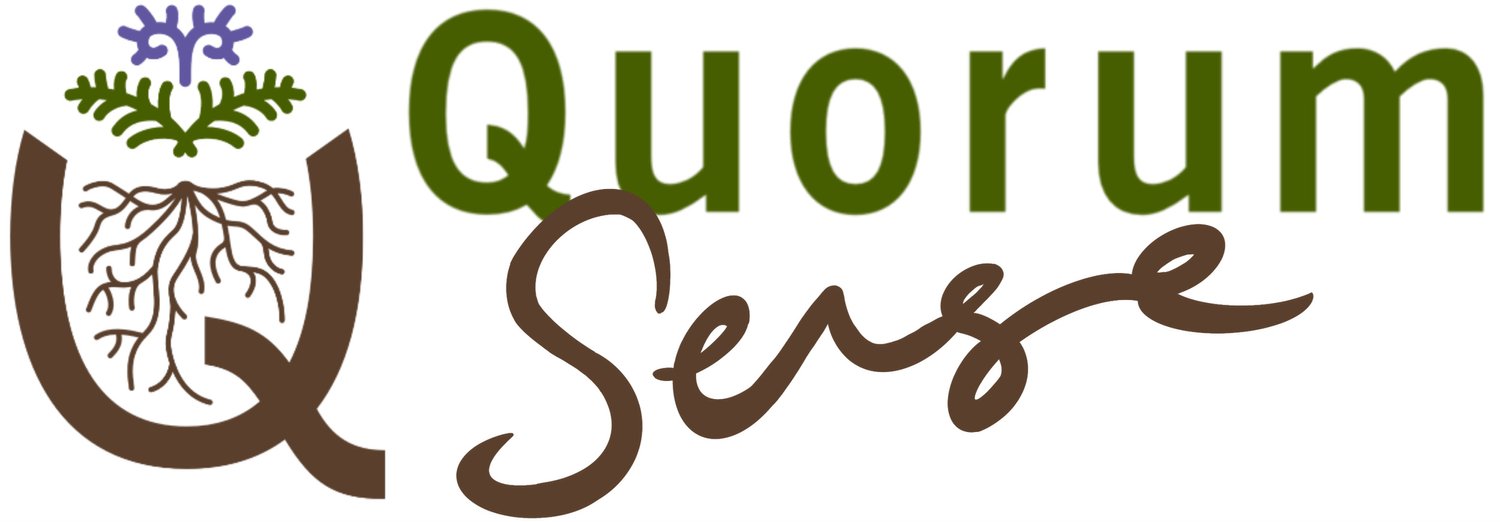Improving soil and vine health
The close relationship between soil and plant health is a fundamental part of both the Greystone Wines and Holdaway growing systems. Soil and plant health is interwoven throughout this case study, but this topic captures what is not covered elsewhere, with a focus on plant nutrition.
Video description: The Holdaways focus their plant nutrition program on supplying trace elements and stimulants as foliar sprays at key growth stages.
Video description: Greystone Wines have a very low input direct plant nutrition programme that simply involves the addition of seaweed to all spray passes.
Collection quicklinks
More on improving soil and vine health
Both teams place a large focus on ensuring a diversity of plants are growing with a diversity of root systems, feeding a diversity of soil life with root exudates and plant material, who help cycle nutrients and increase nutrient availability to the vines.
(click on images to view full size with captions)
Holdaway vineyard: Sap testing and foliar nutrition
The fertile soils of the Holdaway vineyards supply their high yielding vines with sufficient macronutrients (phosphorous, potassium, sulfur etc) without requiring any fertiliser addition. Enough atmospheric nitrogen is also fixed each year to meet the vines needs, so N fertiliser is not applied either.
The Holdaways therefore focus their plant nutrition program on supplying trace elements and stimulants as foliar sprays to the vines at key growth stages.
The long term focus on soil health has been stepped up through the extensive use of cover crops, soil drenches and grazing management.
The ultimate goal is for the combination of improved soil function and targeted foliar nutrition to boost vine health and resilience to the point where the vines are more resistant to disease pressure.
Sap testing:
Sap testing (as opposed to standard herbage testing) has been used to get a better understanding of vine nutrition throughout the growing season, using this information to target foliar applications.
Challenges include the significant variability between different blocks and the significant time and cost involved in regularly sap testing each block.
Foliar nutrition:
Foliar applications are combined with standard disease control sprays (13-15 passes per season) so the only additional costs are the trace element products and time to test and plan the program.
The focus is on trace elements and using foliar applications to get certain trace elements into the vines at key stages. Trace elements used include boron, zinc, molybdenum, manganese, and iron. Some foliar passes may also include small amounts of macronutrients such as potassium and sulfur at key stages
Trace elements are applied in complexed plant available forms and accompanied by stimulants such as seaweed extracts.
One KPI is to get the brix of the grape leaves up to 12 or above, which should theoretically correlate to significantly reduced pest and disease pressure. So far the team have not succeeded in reliably increasing plant leaf brix above 7-8 (there has been some unexplainable 10’s).
Greystone Wines: Soil Food Web and low input plant nutrition
Greystone Wines have a very low input direct plant nutrition programme that simply involves the addition of seaweed to all spray passes.
Aside from seaweed, the vines source all of their nutrition from the soil. The Greystone team have tested the nutrient status of their soils and found their soils to have everything that vines should need.
Their focus has shifted to understanding the biological function of their soils and revealed plenty of room for improvement. Fungal dominant composts are being applied to complement the cover crops and sheep grazing to help improve soil biological function and increase nutrient availability to the vines.
Soil Food Web (SFW) testing:
Below are examples of the soil food web tests that the Greystone team have taken.
The ‘Chardonnay’ block shows low overall biological function which is perhaps not surprising given the observations of the thatchy browntop pastures that have dominated the vineyard to date, suppressing plant and soil life.
The ‘New Regen’ block shows significant improvement in contrast, having been cultivated and then established with a diverse cover crop.
The ‘Compost’ test shows a very active and fungal dominant compost which the team hopes will help further lift biological function in combination with cover crops and grazing management.
Examples of Soil Food Web tests:
“So when you then improve that system by adding in our compost and our cover cropping, and start to improve that nutrient cycling and nutrient sharing between the vines and the soil…that'll be part of that pickup back into a more productive and hopefully better cropping vines.”
Mike Saunders, Greystone Wines
Related content on: soil health, plant health, soil nutrients
Disclaimer: The information, opinions and ideas presented in this content is for information purposes only and does not constitute professional advice. Any reliance on the content provided is done at your own risk. (click here to view full disclaimer).
























